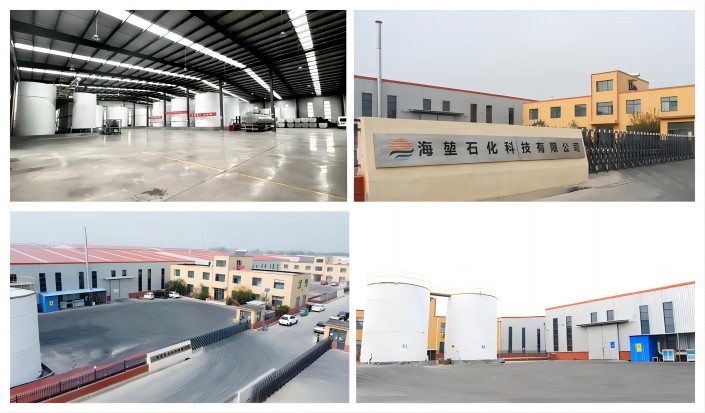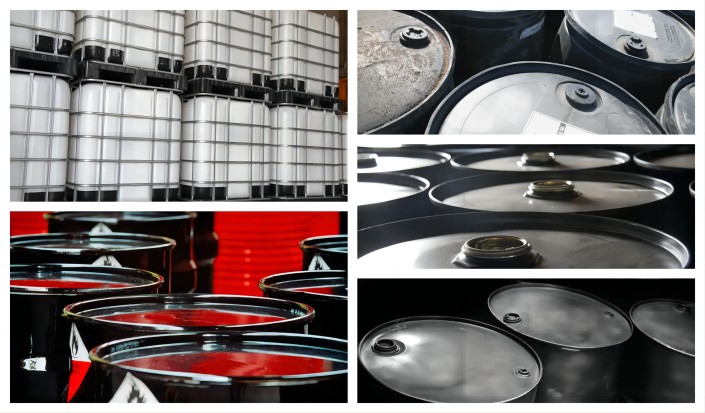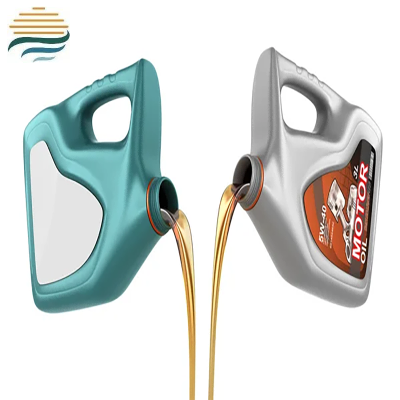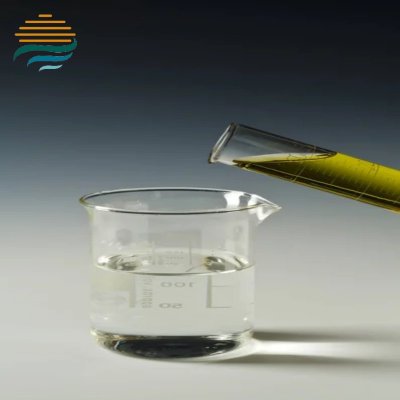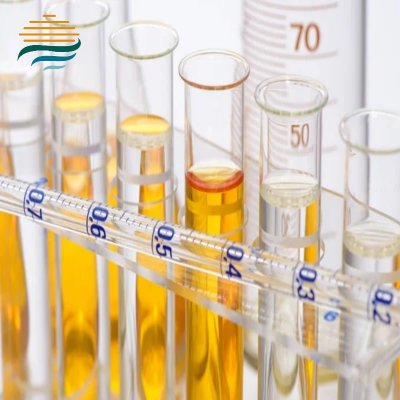Oil For Power System Safety U-10
Mineral oil, a commonly utilized liquid dielectric in transformers sourced from natural petroleum, boasts exceptional insulating capabilities and is instrumental in transformer functioning, particularly in heat dissipation and arc elimination. In case of an arc inside, the oil swiftly cools it down through direct interaction, leading to arc extinguishment. Additionally, it efficiently removes thermal and gaseous emissions from the discharge area, promptly reducing the voltage intensity in the discharge field, enabling effective discharge management.
Product Details:Oil For Power System Safety U-10
Haikun's Naphthenic Transformer Oil, a refined oil based solely on naphthenic components and formulated without the addition of antioxidants, exhibits outstanding electrical insulation, natural oxidation resistance, and effective heat transfer. It is utilized in insulating fluids for transformer networks, industrial transformers, and electrical equipment such as rectifiers, circuit breakers, and switches.
PARAMETER:
Sports Event | IEC60296:2020 TVBUs (LCSET-30°C) Quality indicators | Typical properties | Test Methods |
Functional characteristics | |||
Pour Point/°C | ≯-20 | -25 | ISO 3016 |
Kinematic viscosity (40°C)/(mm²/s) | ≯12 | 11.5 | ISO 3104 |
Kinematic viscosity (-30°C)/(mm²/s) | ≯1800 | 1400 | |
Water content/(mg/kg) | ≯30 | 18 | IEC 60814 |
Breakdown voltage/kV | - | - | IEC 60156 |
-Untreated oil | ≮30 | 40-70 | |
-Treated oil | ≮70 | >70 | |
Density (20°C)/(kg/m³) | ≯895 | 889 | ISO 12185 |
Dielectric loss factor (90°C) | ≯0.005 | <0.001 | IEC 60247 |
Refining/stabilizing properties | |||
saturation (color theory) | ≯1.5 | 0.5 | ISO 2049 |
exterior condition | Clear and transparent, no precipitation | Clear and transparent, no precipitation | visual assessment |
Acid value/(mgKOH/g) | ≯0.01 | <0.01 | IEC 62021-1 |
Interfacial tension/(mN/m) | ≮40 | 46 | ASTMD 971 |
corrosive sulfur | non-corrosive | non-corrosive | DIN 51353 |
corrosive sulfur | - | non-corrosive | ASTMD 1275B |
Potentially corrosive sulfur | non-corrosive | non-corrosive | IEC62535 |
DBDS/(mg/kg) | Not detectable (<5) | not detected | IEC 62697-1 |
Antioxidant content/% | Not detectable (<0.01) | not detected | IEC 60666 |
Metal passivator/(mgkg) | Not detectable (<5) | not detected | IEC 60666 |
2-Furfural content and related substances (single component) (mg/kg) | Not detectable (<0.05) | <0.01 | IEC 61198 |
Operational characteristics | |||
Chlorine stability (164h) | - | - | IEC 61125 |
--Total acid value (mg KOH/g) | ≯1.2 | 0.70 | |
-- Oil sludge/% | ≯0.8 | 0.35 | |
--Dielectric loss factor (90°C) | ≯0.500 | 0.040 | IEC 60247 |
1. Market Research Analysis
The Transformer Oil Market is a critical component of the power sector, serving electric grids worldwide. This market primarily focuses on the production and supply of dielectric insulating fluids used in transformers, which ensure efficient power transfer and insulation. The market caters to various industries, including power utilities, government bodies, and manufacturing facilities, with a significant demand in the <100 MVA segment. Mineral-based products dominate the market, derived from crude oil. However, there is a growing trend towards bio-based products due to their eco-friendly nature. Transformer oil is used in various applications, including capacitors, circuit breakers, switchgear, boilers, refineries, power plants, and manufacturing facilities. It is essential for three-phase distribution transformers, ensuring thermal stress resistance, high dielectric strength, and resistance to excess heat. The market also caters to industries like chemicals, food processing, steel, automotive, and power generation facilities. Renewable energy resources and high-performance computing (HPC) are emerging areas of application for transformer oil, offering opportunities for market growth. The market faces challenges from factors like thermal stress, dielectric strength, and the need for high-performance insulating fluids to meet the demands of modern power grids.
2. Physical and Chemical Performance Testing
Acidity Level and Alkaline Tendency: The acidity level of transformer oil is a vital indicator of its aging state. A heightened acidity level could mean an excess of acids, which can be detrimental to equipment and diminish insulation efficiency. Meanwhile, alkalinity indicates the oil's ability to resist oxidation.
Foam Suppression: Transformer oil, when subjected to heat or pressure, tends to form bubbles. High water content can complicate this process, making bubble elimination difficult and affecting oil performance. Hence, assessing the oil's foam suppression qualities is crucial.
Own Factory
Employees at Working
Canned Oil Products
Transportation
Corporate Culture
'Customer first' isn't just a tagline; it's the guiding principle that shapes our every move. We diligently listen to the wishes of our clients, comprehend their aspirations, and endeavor to surpass them with exceptional service and top-tier products. We recognize that customer satisfaction is not only our greatest achievement but also the wellspring of our motivation and drive.
Customer Reviews
"From Ireland, I can attest to Haikun Petrochemical's professionalism and dedication to customer satisfaction. Their industrial lubricants are of exceptional quality, and their team's responsiveness has been invaluable to our business." — Ireland, Sean O'Connor






